
 Instagram
Instagram
Related products
Why do we have eyebrows?
.png?v=1674562631018)
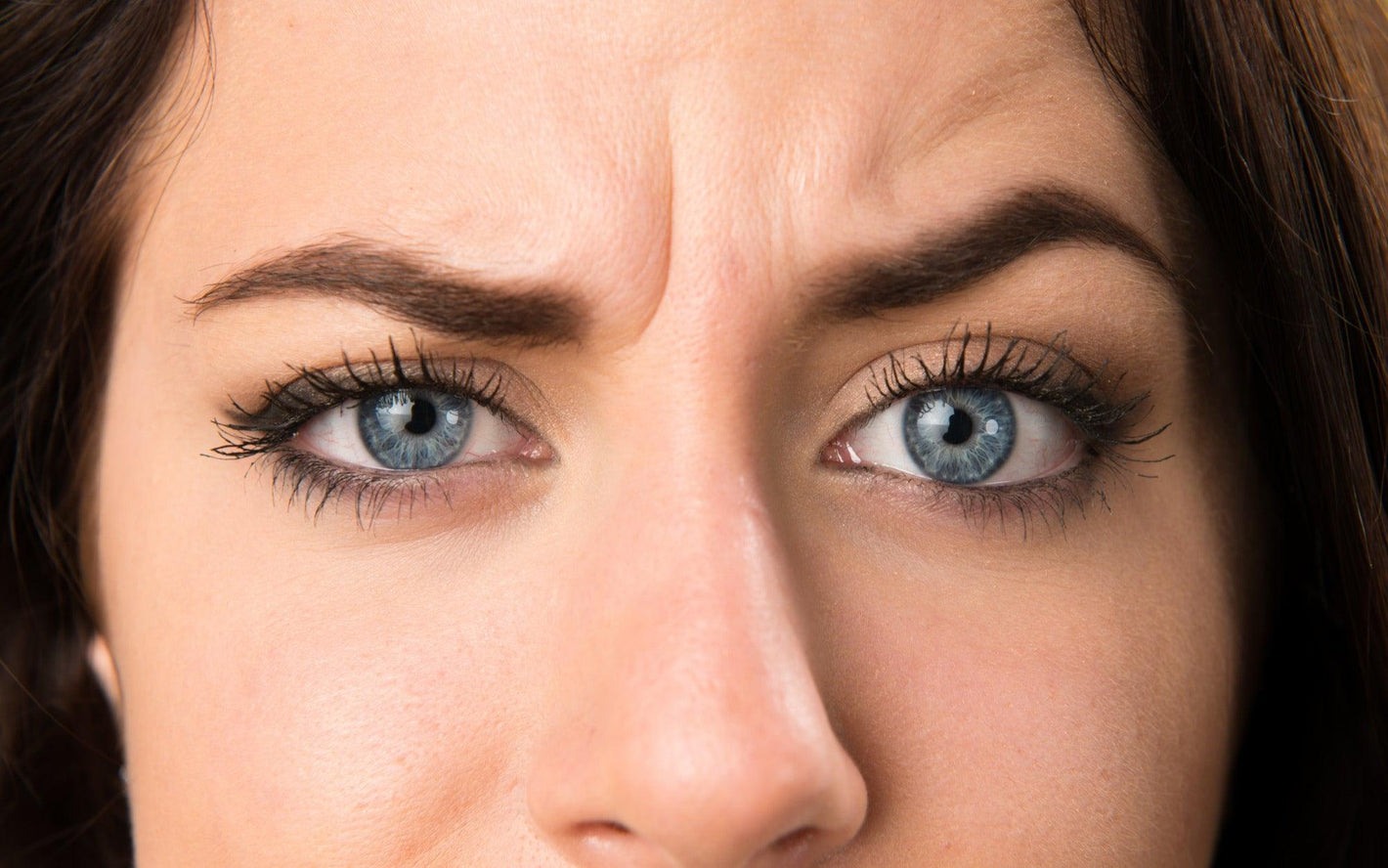
Related products
Perhaps you're wondering why we have brows. Eyebrow evolution can be traced back to early primates, as there is no doubt that we can see the parallels that we share with early humans when we look back at them. Although their bodies are relatively similar to ours, there are also noticeable distinctions, most notably in the form of the skull and the colour of our skin. However, given that the human body has possessed eyebrows since the dawn of time, we might wonder: what function do they serve?
Reasons for eyebrows
The eyebrows shield the eyes.
Whereas other facial hair has indeed been lost as we have evolved, our eyebrows have stayed with us. This is mostly because we heavily rely on eyesight and our eyebrows can help to keep our vision clear. One of the main functions of eyebrows is to prevent sweat or rain from getting into your eyes.
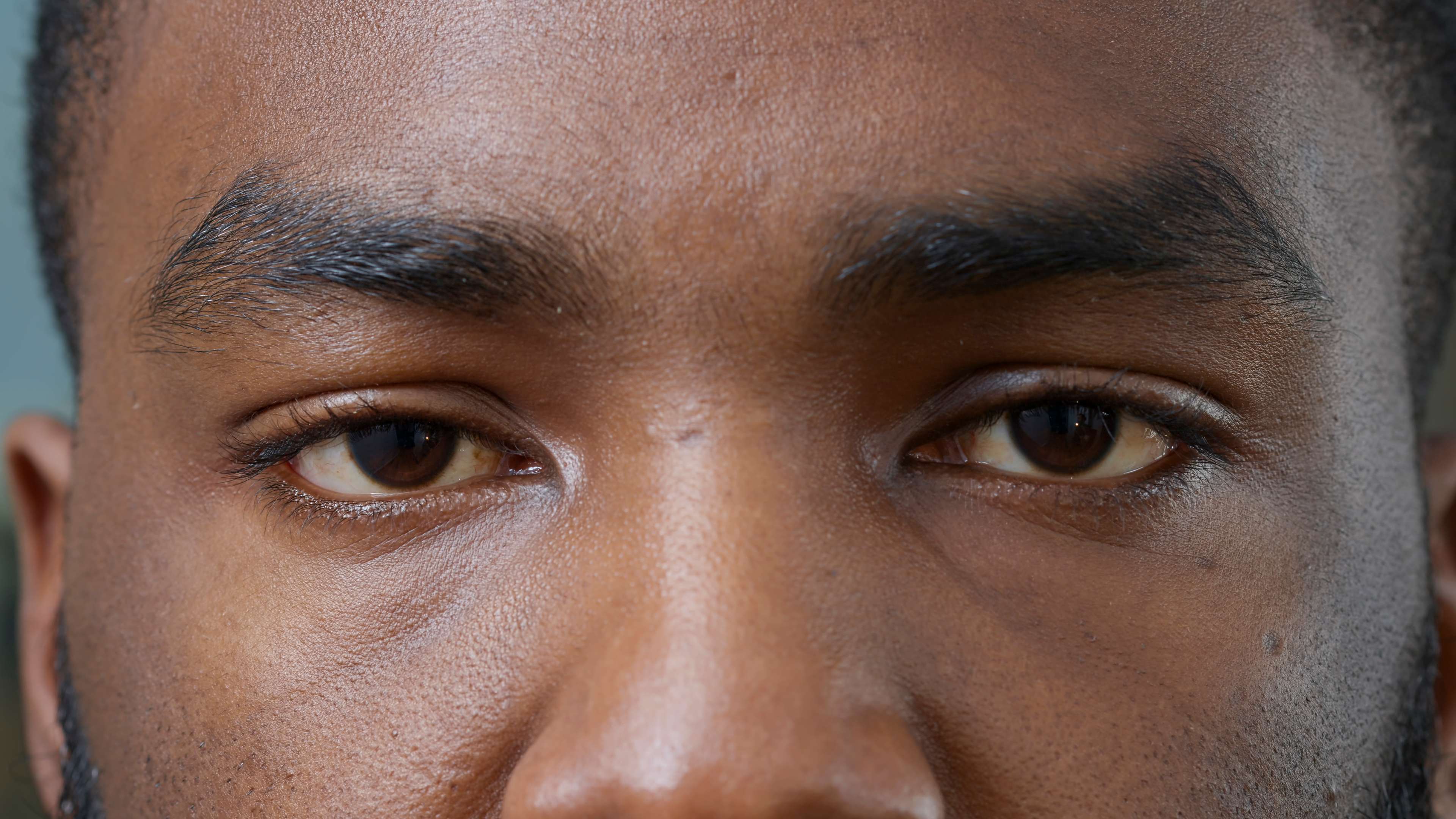
1. Protection from rainwater:
Eyebrows serve the practical aim of protecting our eyes from rainwater infiltration. This aids in preserving the sharpness and purity of our eyes, which in turn preserves our ability to see and perceive.
2. Protection from sweat:
Your brows shield your eyes against salt in your sweat because their hair is designed to move moisture far from your eyes as it grows outward and to the side.
3. Protection from dust:
Your eyebrows protect debris from getting in your eyes and keep your eyes clear. In fact, we frequently blink unconsciously to remove dust from our brows when it touches them.
4. Protection from light:
Our eyebrows reduce the quantity of light that enters them. Additionally, our eyebrows protect our eyes from harsh lighting. Our face's brow hairs protrude, which limits the sunlight that reaches our eyes.
Read more: What are allergy eye drops?
Eyebrows enable us to communicate our emotions
Our eyebrows reveal a lot about our emotional state. This is also one of the most important functions of brows and eyelashes. When we're upset, we furrow our brows; when we're surprised, they jump up.
The position of the eyebrows greatly influences the non-verbal communication and display of emotions in humans. Different movements of the eyebrows can communicate various nonverbal information, such as expressions of surprise or doubt. Without saying a word, eyebrows can convey a narrative.
It also matters how swiftly we move our eyebrows. Our eyebrows gently move when we're depressed. We move them more quickly when we're irritated or angry. And we move them most quickly when we are joyful. Raising both eyebrows can also signify surprise. Since facial expressions are difficult to fake, they can express sincere feelings.
Read more: Do eyelashes grow back?
Eyebrows Help Us Identify People
Even though it's not often mentioned, eyebrows can actually aid in facial identification. When compared to certain other facial traits, people are more inclined to recognize someone by their brows. This indicates that eyebrows are just as important as other facial characteristics like your eyes.
They also assist us in recognizing well-known faces and we might not be able to recognize our relatives or friends as quickly if they didn't have eyebrows.
Another theory suggests that the ability to recognize faces depends on the brows. When eyebrows are cut, there is a noticeable decrease in facial recognition; according to one study, this decrease goes from 60% of intact famous faces to 40% among those with eyebrows removed. It was discovered that this impact was more potent when eyes were left out of the picture but eyebrows were not. Any cue to identifying people is helpful as humans have been required to deal with gradually larger social groups, and eyebrows appear to be especially relevant in this regard.
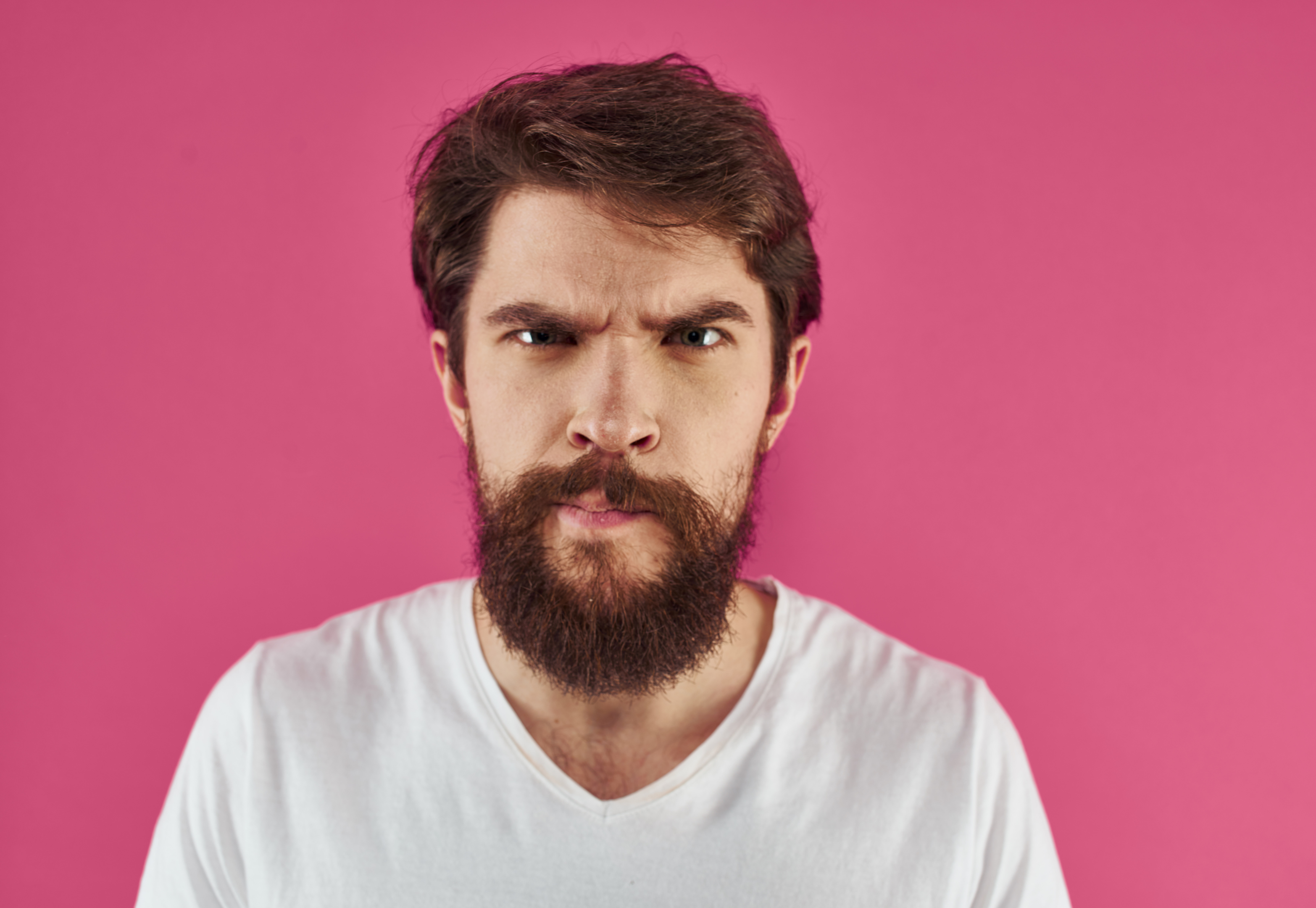
We can also tell a person's gender by looking at their brows. This is due to the fact that women often have thinner brows high above the eyes, whereas men typically have larger arches closer to the eyes.
Eyebrows are in our Genes:
Scientists discovered a considerable correlation between the inheritance of particular genes with eyebrow appearance in one significant study from 2015. Both eyebrow defects and qualities can be passed down via families. Madarosis, or the loss of eyebrows, is one of the most frequent anomalies affecting the eyebrows. Loss of eyelashes is often referred to as madarosis. Numerous different hereditary illnesses may be to blame for this.
-
One gene may influence eyebrow shape,
-
Four genes may influence eyebrow hair texture,
-
Five genes may influence eyebrow colour
-
One factor affects whether or not you will grow a monobrow.
But your eyebrows' appearance is also greatly influenced by the environment. Years of waxing or plucking your eyebrows can change their shape permanently. Injuries towards the skin close to your eyebrows can impact hair growth and eyebrow form.
What if we didn't have eyebrow hairs?
Most scientists think that another solution would have developed to help the issue if humans didn't have eyebrows. As an illustration, humans might have evolved extraordinarily thick eyelashes to block out excessive sweat or rain. Alternatively, our skulls might have continued to expand until they created a ledge over our eyes, allowing sweat or rain to fall directly from that ledge onto our faces without getting in our eyes.
Bottom Line:
Overall, it seems that only humans have eyebrows, which has a lot to do with our lack of hair all over the body and may be an outgrowth of the robust brow musculature found in other primates. They perform a number of tasks in humans, from the physically useful—like preventing sweat—to the socially acceptable—like emotional expression.




























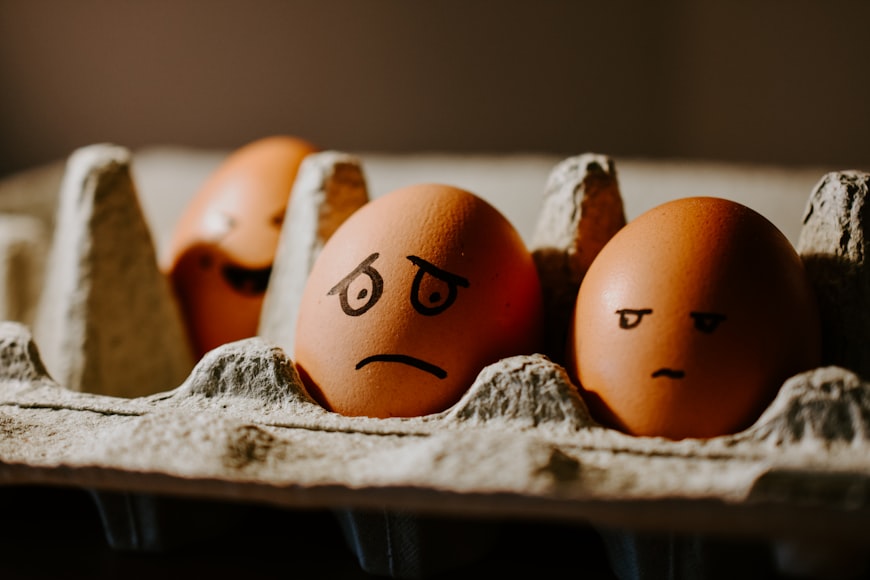




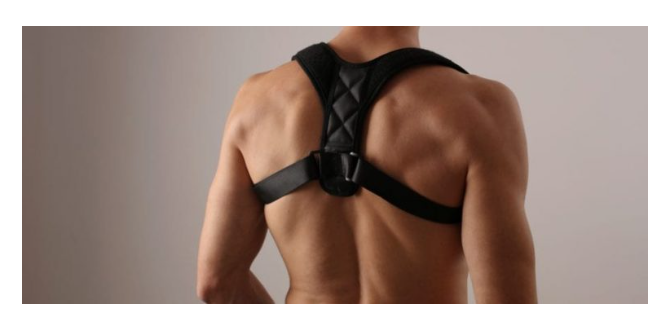


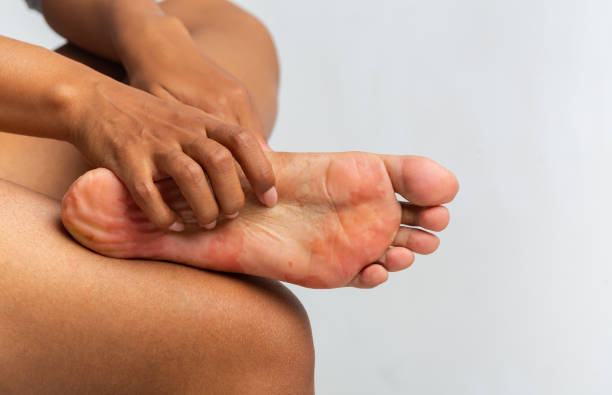
 Rated Excellent by 26,523+ Reviews
Rated Excellent by 26,523+ Reviews